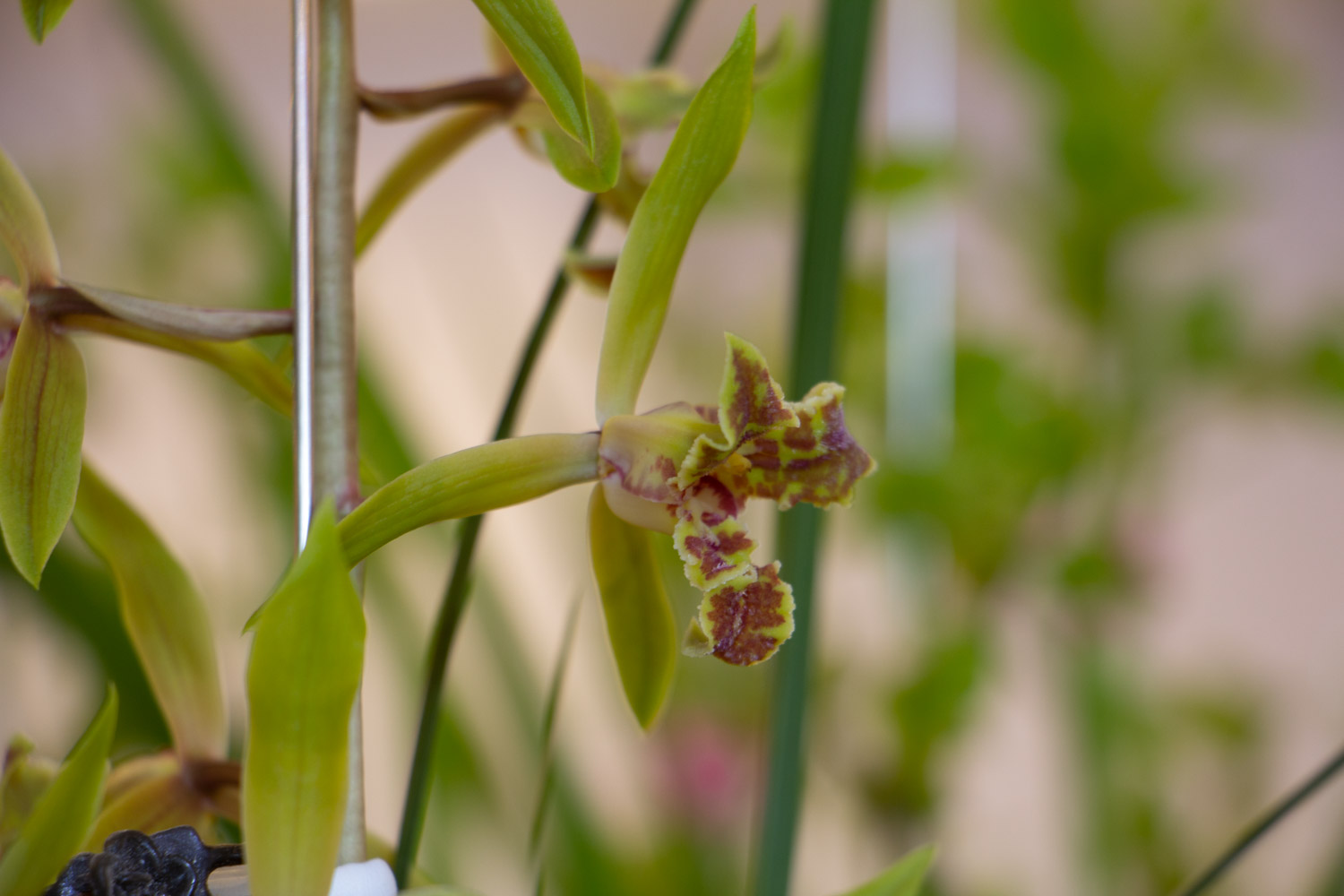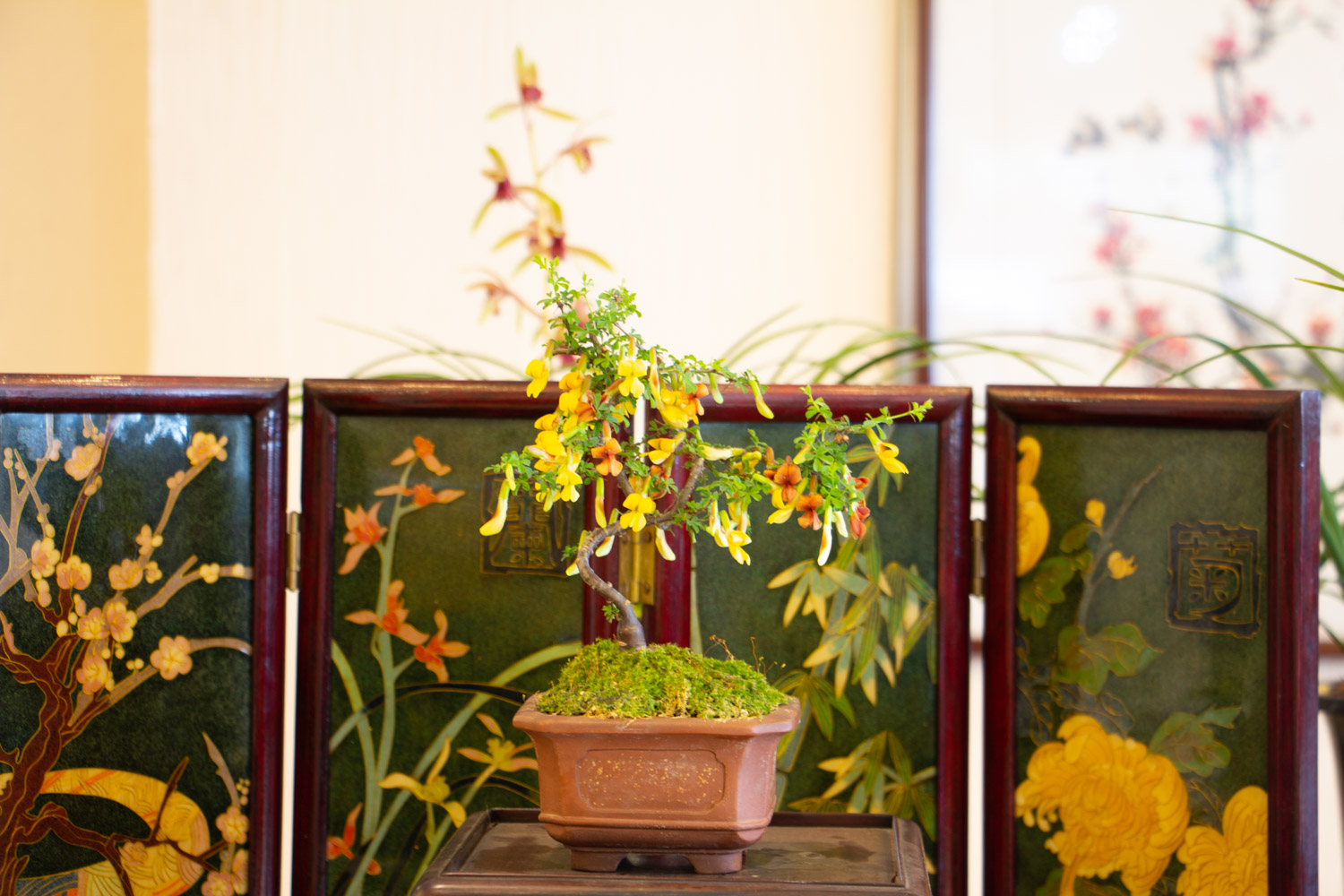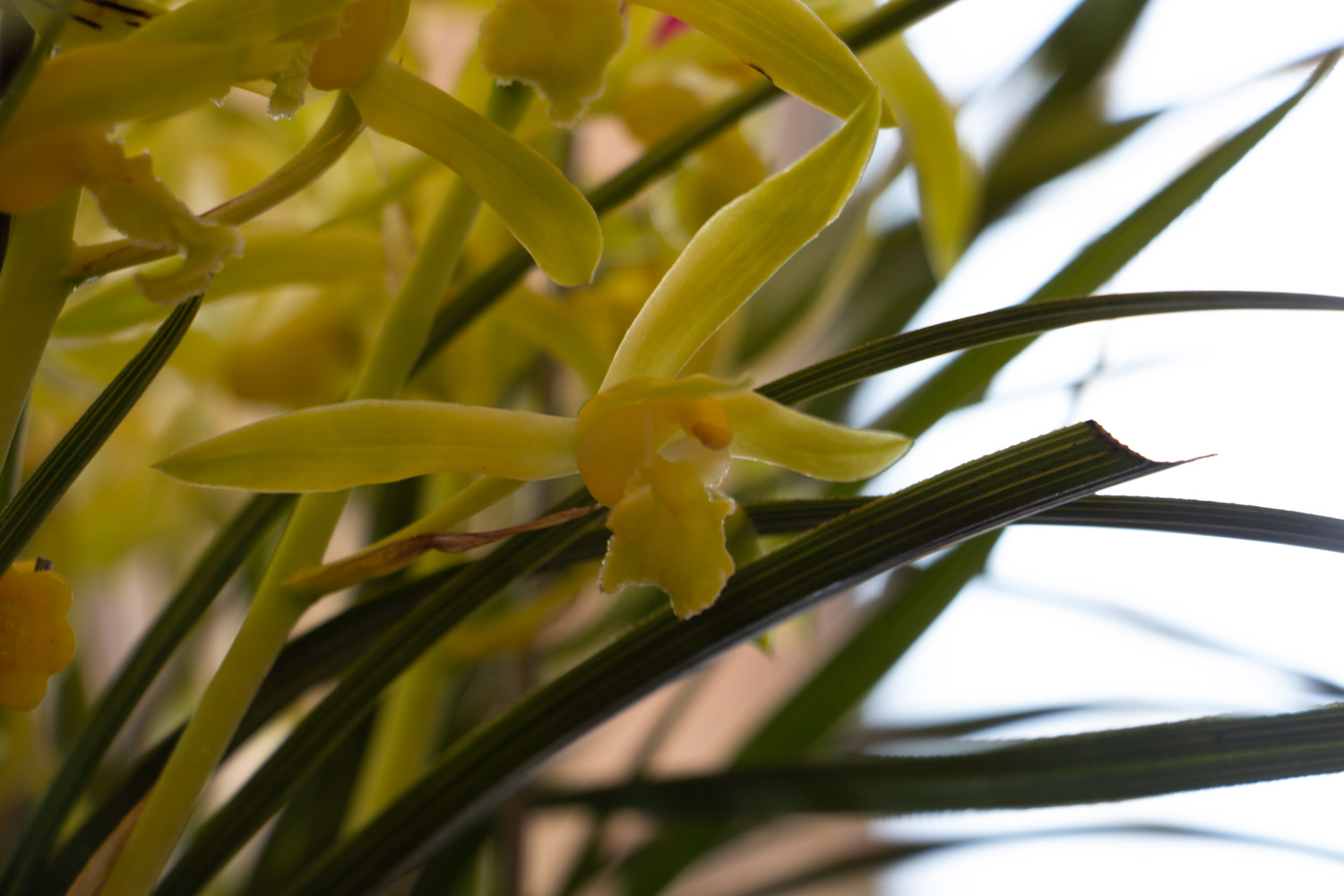Basin and soil selection
Generally, mud pots are better for raising orchids in families. In order to add aesthetic feeling to the decorative effect, a porcelain basin with colored glaze can be set outside the mud basin. The size of the basin is suitable for the orchid root to fully stretch in the basin
It is best to use orchid mud for basin soil. It can also be modulated by itself. It can be prepared by mixing 6 parts of rotten leaf soil or peat soil, 3 parts of sandy soil, 1 part of cake fertilizer, or 5 parts of rotten leaf soil, 3 parts of composted soil and 2 parts of coarse sand

Proper watering
Generally, starting from spring, with the rise of temperature, orchids turn into vigorous growth period. The amount of watering should be gradually increased and watered every 1 ~ 2 days; The temperature is high in summer, and it is also the peak period of orchid growth. It is usually suitable to water once in the morning and evening, and avoid watering at noon
When the rainy season comes, we should flexibly control the watering amount according to the amount of rain and the humidity of the basin soil, and avoid root rot caused by ponding in the basin soil
At the end of autumn, when the temperature begins to drop, the amount of water should be reduced gradually, and it can be poured once every 2 ~ 3 days; The temperature is low in winter, and most orchids enter the dormancy period. At this time, watering should be controlled. Watering can be done once every 5 ~ 7 days, but the amount of watering should be appropriate for the flowering Cymbidium and Hanlan in winter

Skill fertilization
To fertilize orchids, we should apply thin fertilizer and avoid applying thick fertilizer. It is said that "clear orchids and turbid Jasmine". Newly planted orchids should not be fertilized in the first year; Fertilization began after the second year of Qingming Festival until the beginning of autumn
The fully decomposed thin cake fertilizer and water can be applied 1 ~ 2 times a month. As orchids are fleshy roots, do not apply non rotten fertilizer to avoid rotten roots. Control the water for 1 ~ 2 days before each fertilization, and apply it after the basin soil is slightly dry. The next morning after application, water should be poured once to prevent unclean things in the fertilizer solution from polluting the root system and damaging the orchid root

Suitable light
Orchids like shade and cool environment, and avoid direct sunlight. Therefore, more sunshine can be seen in the north before 9 a.m. from April to early May. It needs shade after mid May. At this time, it needs to be placed in a cool and ventilated place for cultivation
In winter, it is placed near the south window and receives more light to enhance its vitality and promote flower bud differentiation. Especially for the winter flowering Magnolia and Hanlan, they should be placed indoors in the sunny place in winter. They can't bloom well without light


 how many times do yo...
how many times do yo... how many planted tre...
how many planted tre... how many pine trees ...
how many pine trees ... how many pecan trees...
how many pecan trees... how many plants comp...
how many plants comp... how many plants can ...
how many plants can ... how many plants and ...
how many plants and ... how many pepper plan...
how many pepper plan...





























